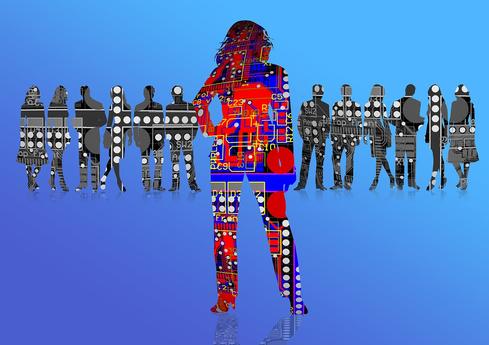North America Is Out Of IPv4 Addresses: What's Next?
It's official: ARIN finds that North America no longer has any IPv4 address available. With IoT and mobile creating more demand, what's next?


10 IT Infrastructure Skills You Should Master
10 IT Infrastructure Skills You Should Master (Click image for larger view and slideshow.)
North America has now officially run out of new IPv4 addresses.
The American Registry for Internet Numbers (ARIN), the nonprofit association that manages the distribution of Internet number resources for North America, announced Sept. 24 that it has issued the final IPv4 addresses in its free pool.
The base technology of the Internet requires that each source or destination have its own unique identifier -- the IP address -- and 32-bit IPv4 was the first widely disseminated group of addresses for Internet connected devices in use.
IPv4 dates back to 1981. It only has room for 4.3 billion unique addresses. While that may be a large number of them, their complete consumption shows how fast the Internet has grown over the past four decades. The explosion of mobile and new Internet of Things (IoT) devices helped speed the process along faster than the original creators could ever have imagined.
"The exhaustion of the free IPv4 pool was inevitable given the Internet's exponential growth,” said John Curran, ARIN's president and CEO in a statement. "Luckily, we prepared for this eventuality with IPv6, which contains enough address space to sustain the Internet for generations. While ARIN will continue to process IPv4 requests through its wait list and the existing transfer market, organizations should be prepared to help usher in the next phase of the Internet by deploying IPv6 as soon as possible."
IPv6 was brought out in 1999 in response to IPv4's limitations. It employs a 128-bit identifier, which allows for 3.4×1038 IP addresses. That figure may also be expressed as 340 trillion, trillion, trillion (340 undecillion) IP addresses.
"When we designed the Internet 40 years ago, we did some calculations and estimated that 4.3 billion terminations ought to be enough for an experiment. Well, the experiment escaped the lab," said Vint Cerf, ARIN's chairman, in a statement.
[Read InformationWeek's interview with Vint Cerf.]
There has been a hesitance by content providers to migrate to IPv6, since consumers must also be prepared to use the protocol.
However, with the projected growth in IoT and the concomitant need for new IP addresses for those devices, there is no other way to proceed in order to gain the IP addresses that will be needed.
ARIN is making an effort to meet existing IPv4 demand with its Waiting List for Unmet Requests. Organizations can request to use blocks of addresses that have been already assigned, but are not in use for some reason.
There is also the Transfer market.
As ARIN puts it, "Qualified organizations have the option to decline placement on the Waiting List for Unmet Requests in favor of seeking IPv4 addresses via the Transfer market. IPv4 transfers allow organizations with unused IPv4 addresses to release them to another qualifying organization under applicable policy."
As ARIN says, this is a market. People and organizations who have the addresses (and are not using them) can ask for money from those who want those addresses.
The net has to go to IPv6 use or stagnate. While there may be some bumpy transitions on the way there, the outcome is rather inevitable.
About the Author(s)
You May Also Like
How to Amplify DevOps with DevSecOps
May 22, 2024Generative AI: Use Cases and Risks in 2024
May 29, 2024Smart Service Management
June 4, 2024







